Difference between white and brown rice We are often asked the difference between brown rice and white rice. People generally know that brown rice is healthier but we dig into more details here in order to provide more information. Rice is grown in the fields…
Difference between white and brown rice
We are often asked the difference between brown rice and white rice. People generally know that brown rice is healthier but we dig into more details here in order to provide more information. Rice is grown in the fields and harvested in plant form known as paddy. The rice grain is separated from the paddy. At this point the rice grain is still covered in a fibrous generally non-edible covering called husk.
There are different way to remove the husk from the rice grain depending upon the brand and preference. Once the husk is removed, we end up with what is known as brown rice or brown basmati rice depending on the rice variety. This is undoubtedly healthier than white rice as it still has it’s brown layer covering intact rich is fiber and Vitamin B complex.
In order to obtain white rice, the brown rice is further processed to remove the brown layering through scrubbing and then polishing the rice to give it’s shiny white texture. Most people will tell you that white rice tastes and smells much better and easier to cook than brown rice but brown rice is much superior in terms of it’s overall nutrition and health benefits.
Our Brown Basmati Rice is an exquisite blend of smooth texture, fine, spotlessly clean grains which on cooking are extra long and won’t break or stick together. It has irresistible flavour, aroma and is a rich source of natural vitamins and minerals with its low calorie content, it is ideal for dietary purposes.
This is an incredibly healthy source of carbohydrates for bodybuilders and other athletes. When vegetarians eat pulses and soya it provides them with a high level of protein that is good for the body however this protein only has half of the total amino acids required for good nourishment. Combining pulses, dals and soya with brown rice also provides the other half hence completing the amino acid requirements.
How to cook brown rice?
Across the internet you can find probably hundreds of ways and recipes to make brown rice and rice in general. Here we describe the simplest and healthiest technique of all that requires very little effort.
You can add rice to a big vessel and add plentiful of water (at least 4-5 times the amount of rice). Most people in India don’t even measure but just add a lot more water than there is rice and boil for 20 – 25 minutes on high heat. After this time just take one grain of the rice to check it’s soft and cooked. If it’s still hard you can boil a little longer. When the rice is soft, drain excess water and enjoy with your favorite curry. This technique will give you the healthiest rice with the lowest amount of carbohydrates as the starch gets boiled out in the water giving you a much higher fiber content making you feel full for longer and less calories per portion of rice.
Basmati which literally translates to Queen of Fragrance in the local dialect, is famous for its long grain and delicate flavour. It elongates to almost twice its original size after cooking. Long slender grains, fluffy texture, fragrant aroma and finger-licking taste give Basmati rice a preference over other varieties of rice.

Why Basmati?
One of the best quality white rice, Basmati can be incorporated into your daily cooking if eaten in the right quantity. Lets understand why Basmati is also called a healthy supergrain-
- Basmati rice has low to medium glycemic index, meaning it helps reduce blood sugar levels, aids weight loss and lowers the risk of heart disease and type 2 diabetes.
- Basmati rice is gluten-free, low in fat and sodium, and has no cholesterol. Packed with 8 essential amino acids and folic acid, it makes for a good choice for every day eating.
- Brown Basmati rice is healthier than the white one as it contains dietary fibre and a number of nutrients.
How to cook Indian white basmati rice?
Basmati rice is a dream to cook. With the fragrance of sun-baked wood and flowers, complemented with a nutty flavour, Basmati rice is a taste sensation. Let’s discover the secret to cooking this flavorsome delight-
- Boil the rice in a pot filled with ample amount of salted water (just like you boil pasta). The water should be 4-5 times the amount of rice. Boil on high heat for 20-25 minutes. After this, check one grain of rice if it is soft and cooked. If it is still hard then you can boil for a few more minutes.

- Drain water from the cooked rice.
- Almost all the starch is removed from the rice resulting in the fluffiest and most aromatic rice.

Note: Add a teaspoon of ghee in the boiling water to get an amazing flavour. This also prevents the rice grains from sticking to each other.
Recipes with Basmati rice
The open texture of Basmati rice makes it extremely versatile. It blends well with other spices making it an agreeable partner to a host of recipes. Some of the favourite dishes made with basmati rice are-
- Biryanis– Basmati rice is most commonly used to make robust vegetarian and non-vegetarian biryanis. See different biryani spice mixes here.

- Kheer– Celebrate a happy occasion by making Basmati kheer loaded with milk, saffron, rosewater, cardamom and Basmati rice.

- Lemon rice– A tangy and delicious rice preparation with lemon juice, curry leaves, turmeric, mustard seeds and raw peanuts.

- Coconut rice– An easy and appetizing delicacy dished out of Basmati rice, fresh coconut, mustard seeds, curry leaves and raw peanuts.

How to store Indian White Basmati Rice?
Likened to old wine, Basmati is suffused in centuries of traditional love and cultural heritage. It improves with age resulting in a deeper and richer flavour. It can easily be stored for years in a cool dry area, in an airtight container.

When to discard Indian White Basmati Rice?
If dry Basmati rice gives out bad odour or appearance, or is infested with insects or contaminants, it should be immediately discarded.
Looking where to buy Indian brown basmati online in Canada? We offer home delivery everywhere in Canada.
INDIA GATE RIZ BASMATI BRUN
Le riz basmati à grain long et aromatique est le riz le plus couramment utilisé dans les États du nord de l’Inde. La variété brune contient le son qui est l’enveloppe autour du grain et le germe. India Gate est lune des marques de riz les plus emblématiques de lInde et est largement consommée dans tout le pays et exportée dans le monde entier.
Ce riz brun basmati a le bon goût et l’arôme du riz basmati avec la qualité et la fibre du riz brun. Ce riz est particulièrement utile pour augmenter lapport en fibres dans votre alimentation et pour réduire lapport en glucides ou en sucres.
Différence entre le riz blanc et le riz brun
On nous demande souvent la différence entre le riz brun et le riz blanc. Les gens savent généralement que le riz brun est meilleure pour la santé. Le riz est cultivé dans les champs et récolté sous forme de plante appelée paddy. Le grain de riz est séparé du paddy. À ce stade, le grain de riz est encore recouvert d’une enveloppe fibreuse généralement non comestible. Il existe différentes manières de retirer l’enveloppe du grain de riz en fonction de la marque et des préférences. Une fois l’enveloppe retirée, on obtient ce qu’on appelle du riz brun ou du riz basmati brun, selon la variété de riz. Ceci est sans aucun doute plus sain que le riz blanc car il a toujours sa couche brune intact de fibres et de vitamine B. Afin d’obtenir du riz blanc, le riz brun est ensuite traité pour éliminer la stratification brune par récurage puis polissage du riz pour lui donner une texture blanche et brillante. La plupart des gens vous diront que le riz blanc a un goût et une odeur bien meilleurs et plus faciles à cuire que le riz brun, mais que le riz brun est bien supérieur en termes de nutrition et de bienfaits pour la santé.
Comment faire cuire le riz brun?
Sur Internet, vous pouvez probablement trouver des centaines de façons et de recettes pour faire du riz brun et du riz en général. Nous décrivons ici la technique la plus simple et la plus saine qui nécessite très peu defforts. Vous pouvez ajouter du riz dans un grand chaudron et ajouter beaucoup d’eau (au moins 4 à 5 fois la quantité de riz). En Inde, la plupart des gens ne mesurent même pas, mais ajoutent beaucoup plus d’eau que le riz et les font bouillir pendant 20 à 25 minutes à feu vif. Après cette période, il suffit de prendre un grain de riz pour vérifier sa douceur et sa cuisson. Si c’est encore dur sous la dent, vous pouvez faire bouillir un peu plus longtemps. Lorsque le riz est mou, égouttez-le et dégustez-le avec votre curry préféré. Cette technique vous donnera le riz le plus sain avec la plus faible quantité de glucides car l’amidon est bouilli dans l’eau, ce qui vous donne une teneur en fibres beaucoup plus élevée, vous permettant de vous sentir rassasié plus longtemps et avec moins de calories par portion de riz.

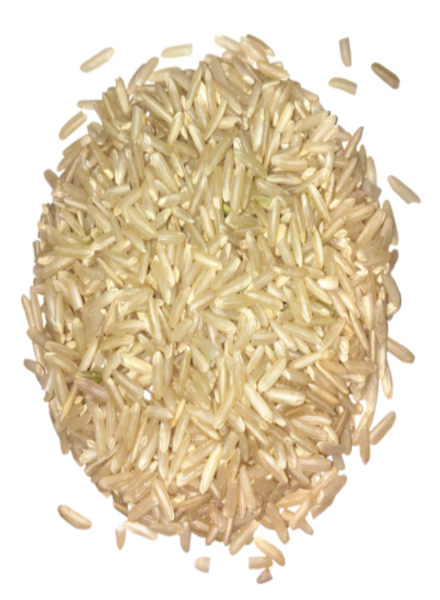
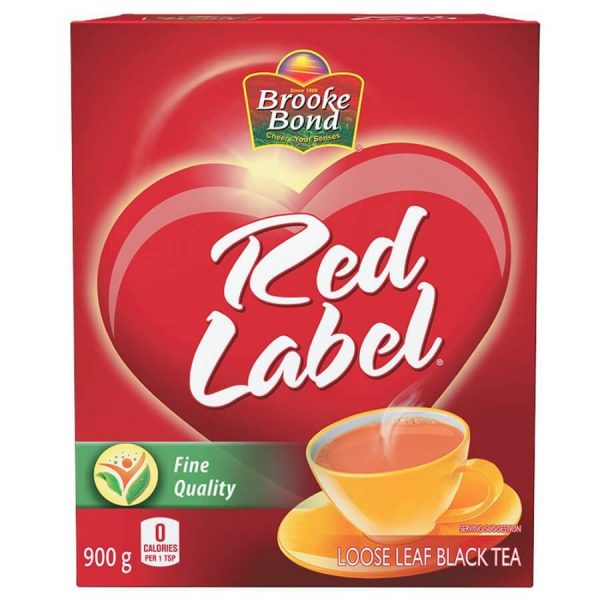
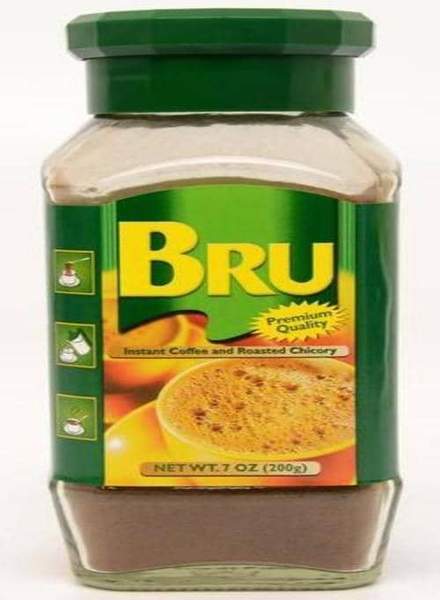



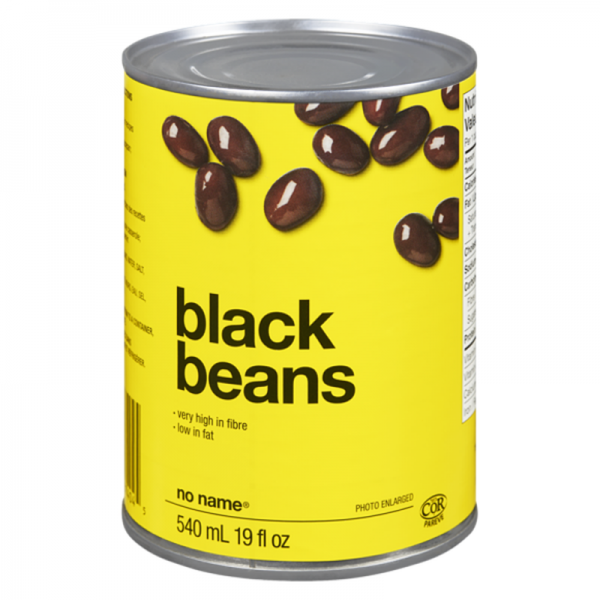
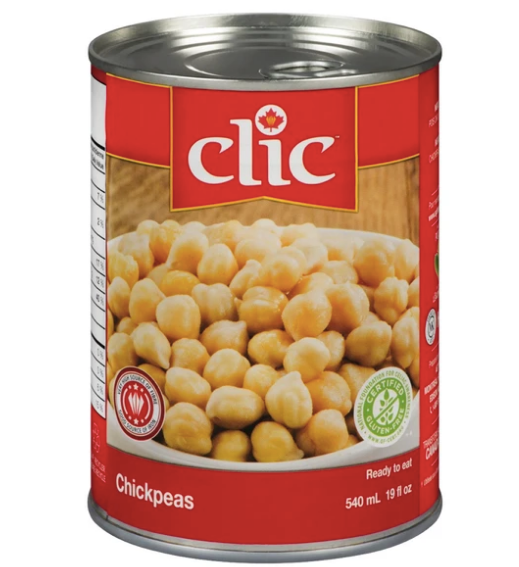
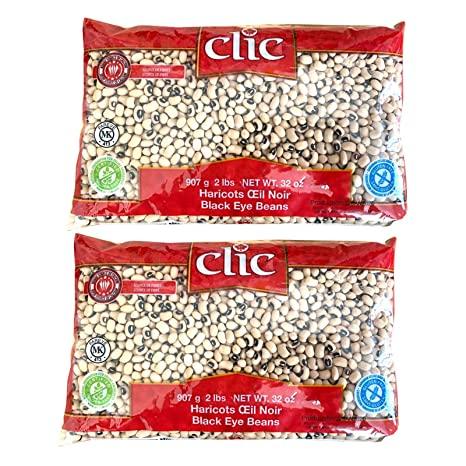
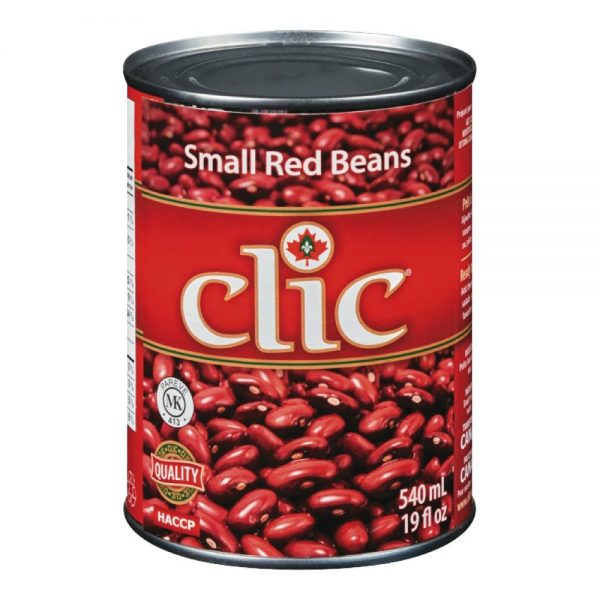
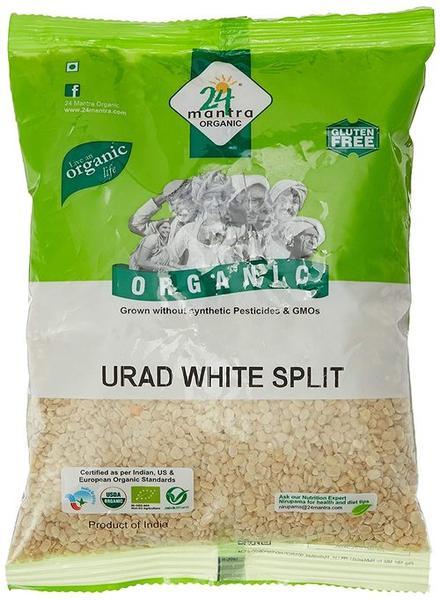
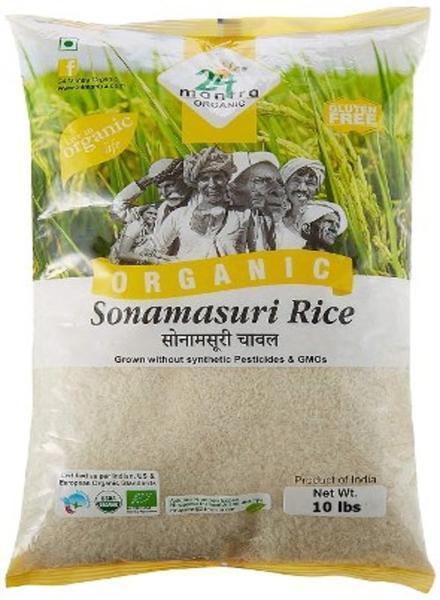

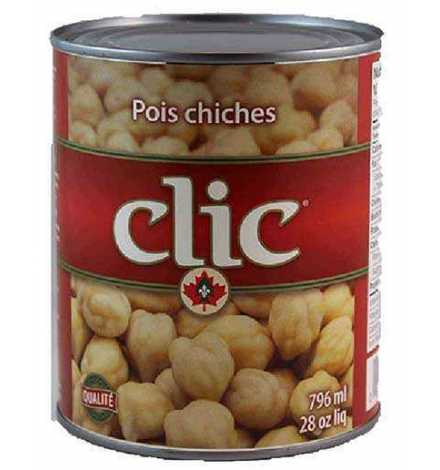
Reviews
There are no reviews yet.